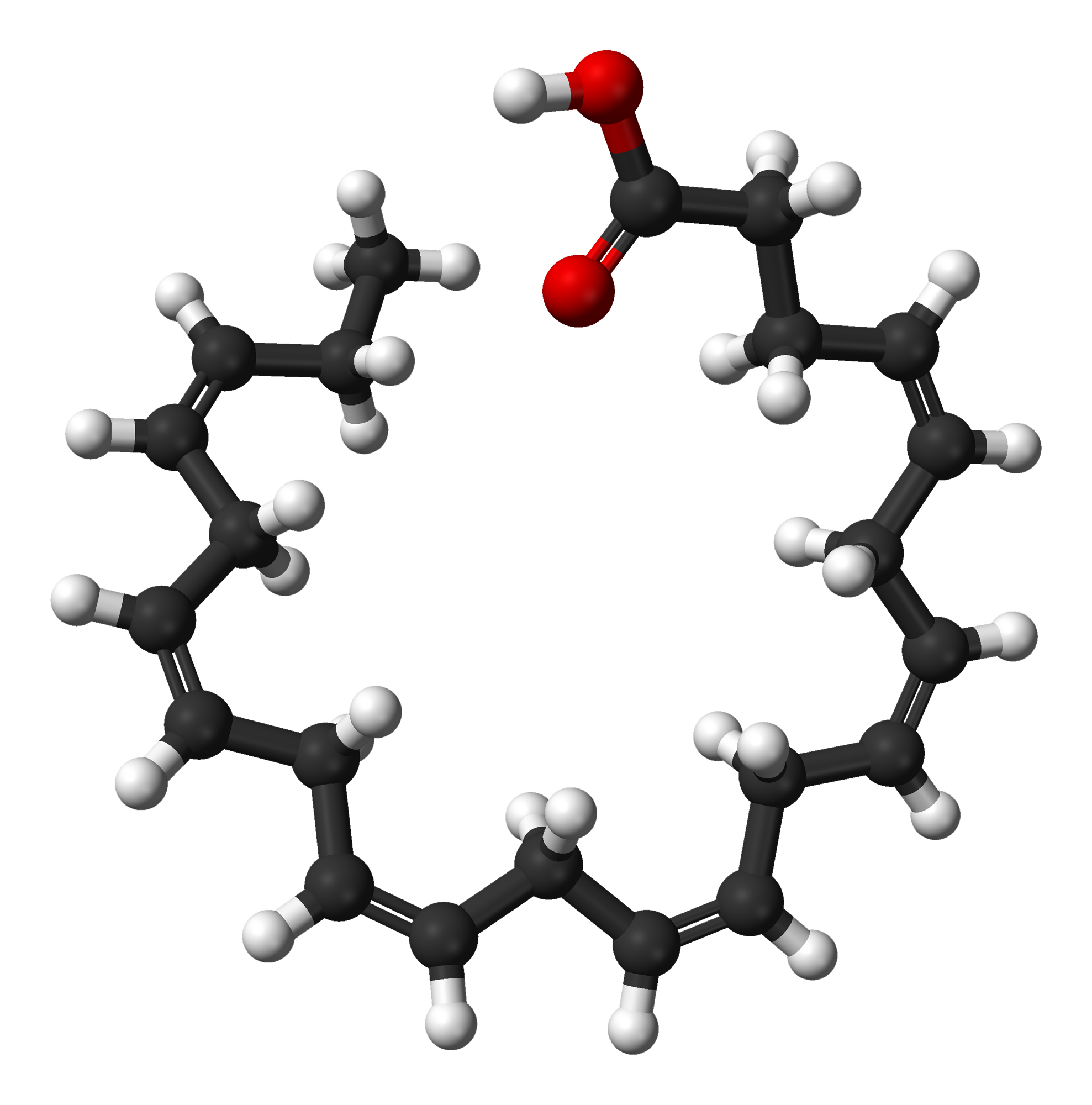Alzheimer’s disease (AD) is a highly prevalent neurodegenerative disease that imposes a prodigious burden on society. Docosahexaenoic acids (DHAs) are known to be beneficial in AD, in part, through their anti-inflammatory properties and microRNAs (miRs) are important regulators of brain functions and this regulation becomes disrupted in AD. The purpose of a recent paper published by a researcher from the University of Auckland was to propose the involvement of miRs in the anti-inflammatory effects of DHA on AD. The literature surrounding this topic was extensively researched: miR involvement in the pathophysiology of AD, the mechanism of action of DHA, the effects of DHA on miRs, and potential future therapeutic strategies for AD involving miRs. In the work put forth by Dr. Chiang, it was found that AD resulted in a disrupted miR network that relates to inflammation, but the altered miRs varied between the teams studies, as shown through LC Sciences’ miRNA microarray service. The effects of DHA on AD are generally positive, but the mechanism remains enigmatic. Emerging studies demonstrate that one of the potential mechanisms of action of DHA is modulation of miRs. The miR mechanism offers possible future strategies against AD, but future AD studies investigating miRs are needed to set experimental standards to enable valid comparisons. For DHA effects on AD, thorough considerations on the properties of the DHA and the population involved is necessary. Validation is required to verify miR involvement in the anti-inflammatory properties of DHA in the context of AD and the miR-related strategies against AD that are proposed in this paper remain to be substantiated.

Related Service
miRNA Microarray Service – LC Sciences provides a microRNA (miRNA) expression profiling service using microarrays based on our in-house developed µParaflo® technology platform. We have standard arrays for all mature miRNAs of all species available in the latest version of the miRBase database (Release 21, July 2014). Our service is comprehensive and includes sample labeling, array hybridization, image data processing and in-depth data analysis. Two-three weeks after receiving your total RNA samples, we’ll send you both the raw and fully analyzed data. [Learn more…]
Reference
Chiang VS (2015) MicroRNAs as potential regulators of docosahexaenoic acid benefits in Alzheimer’s disease. Nutr Neurosci [Epub ahead of print].[article]
